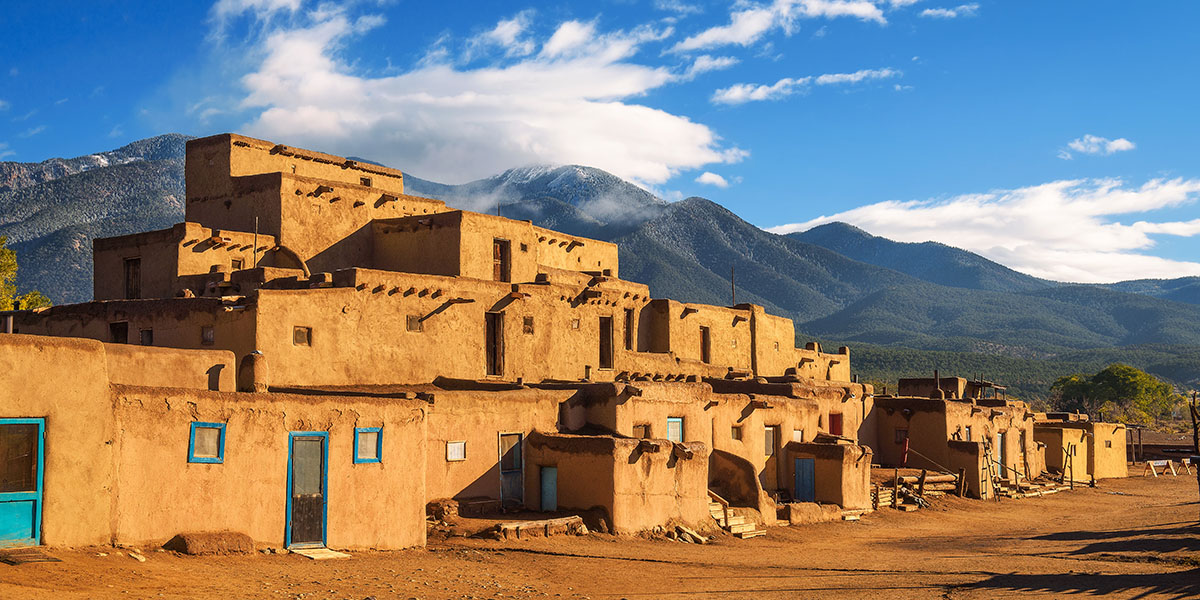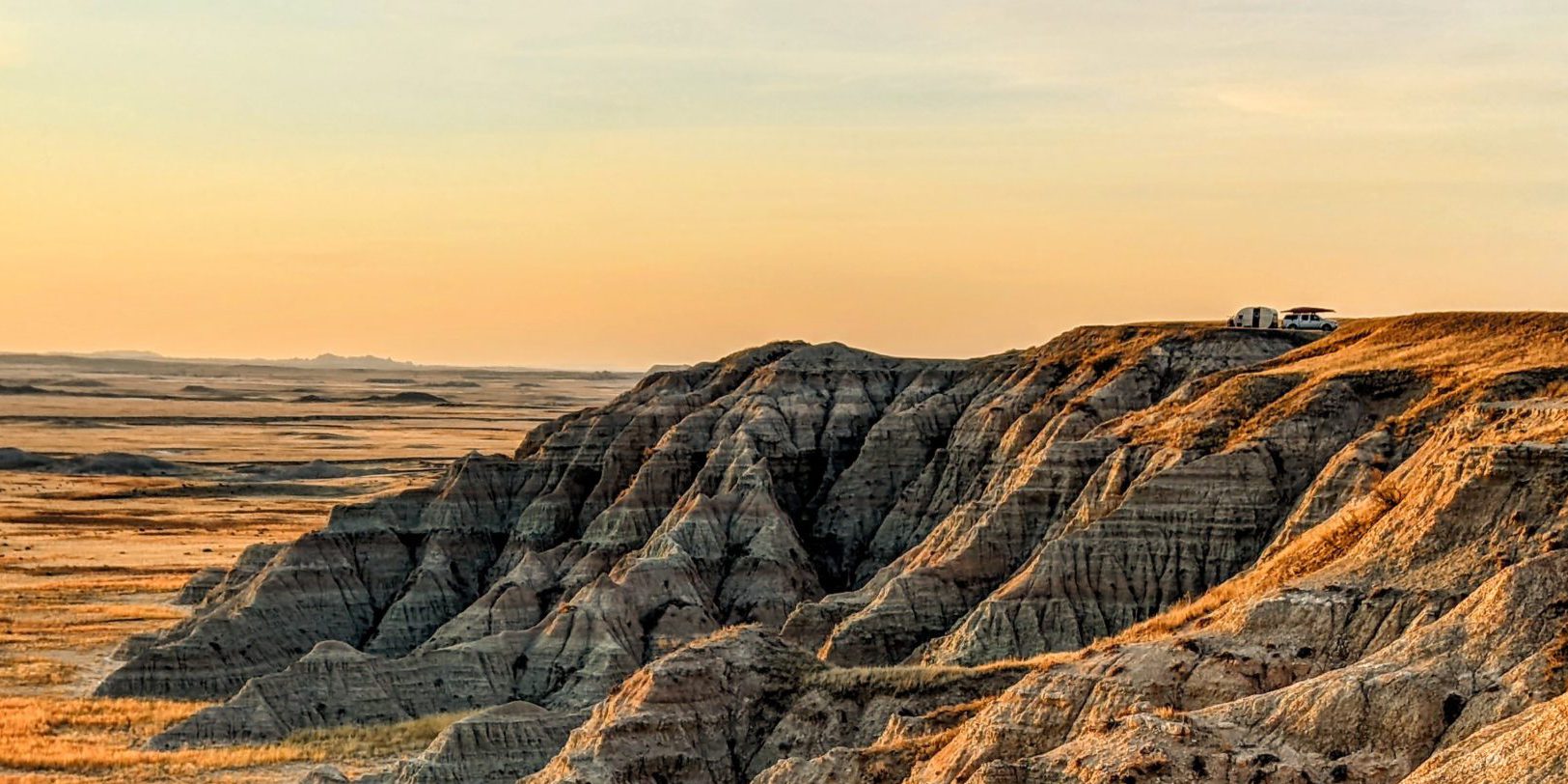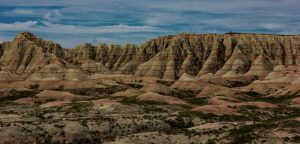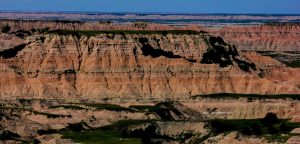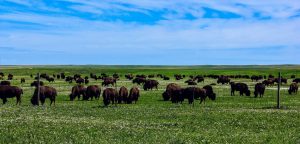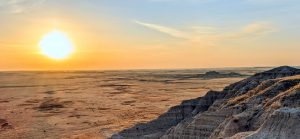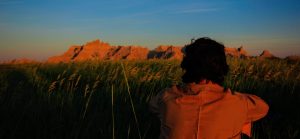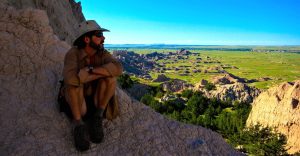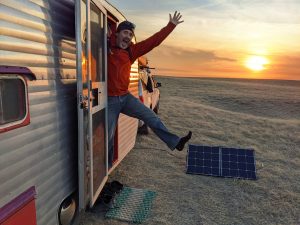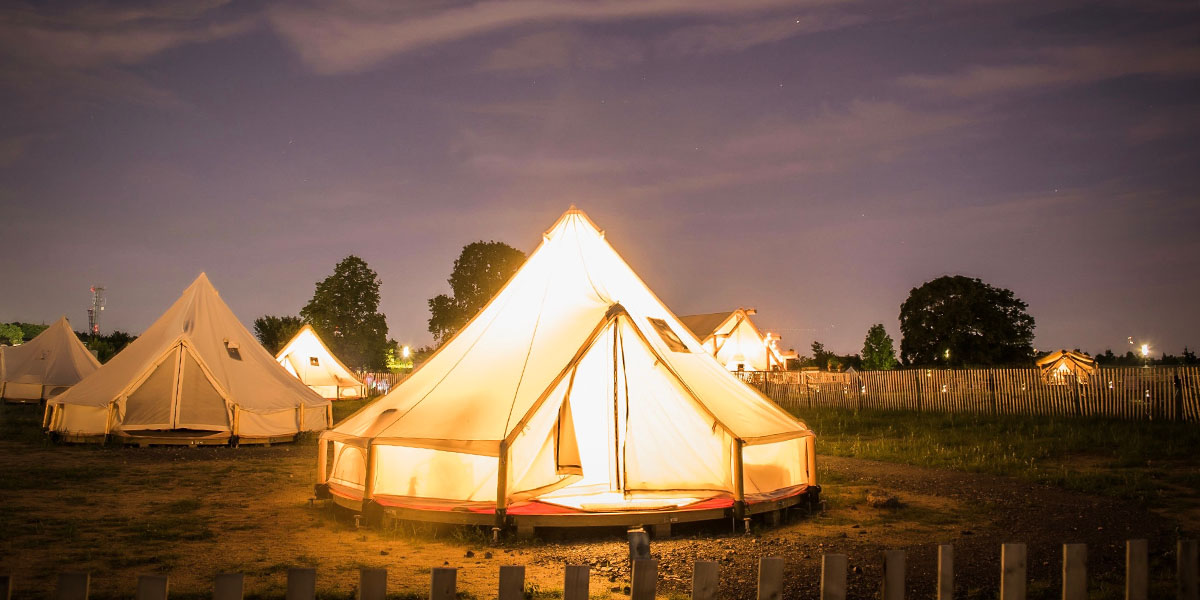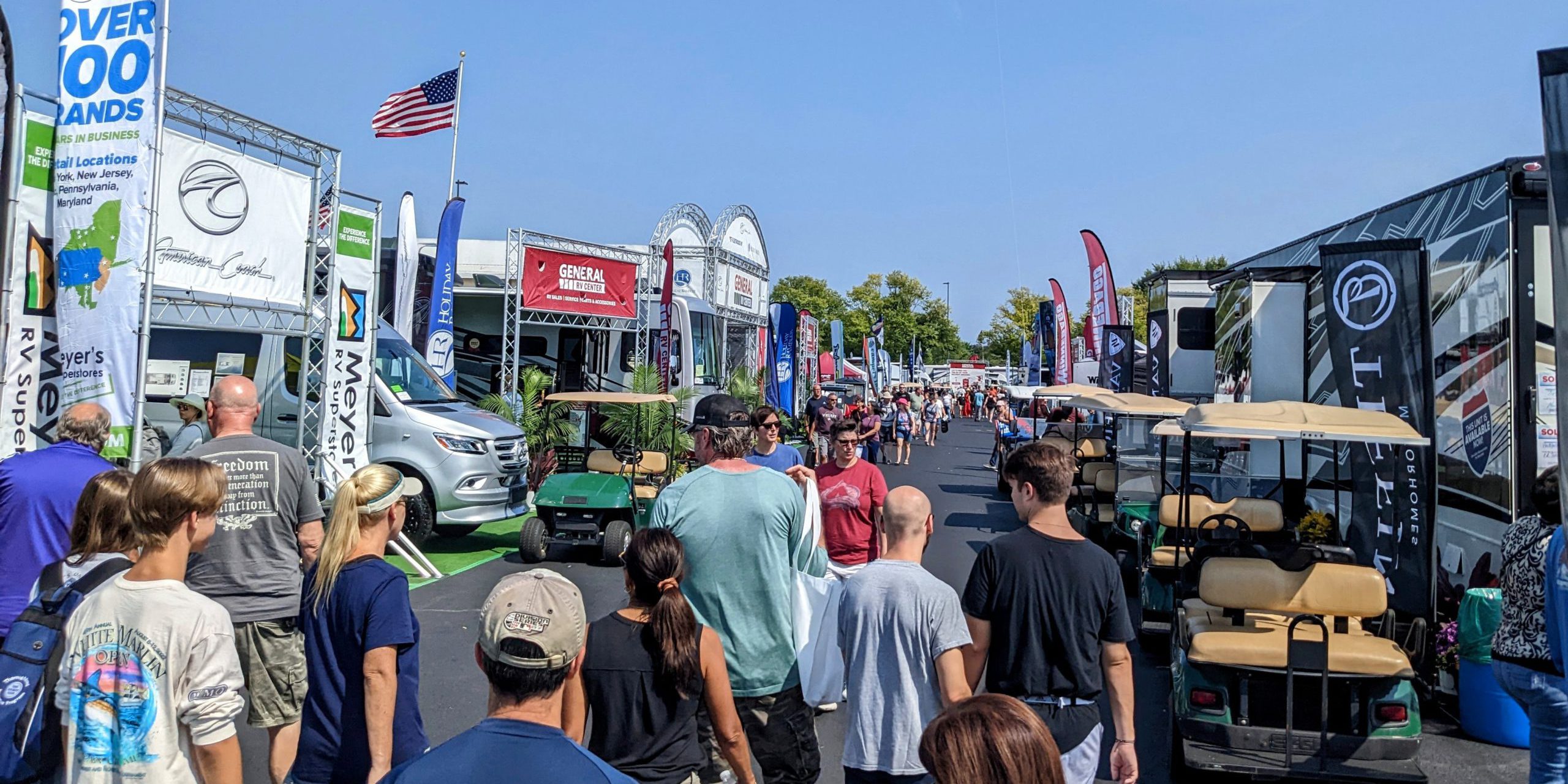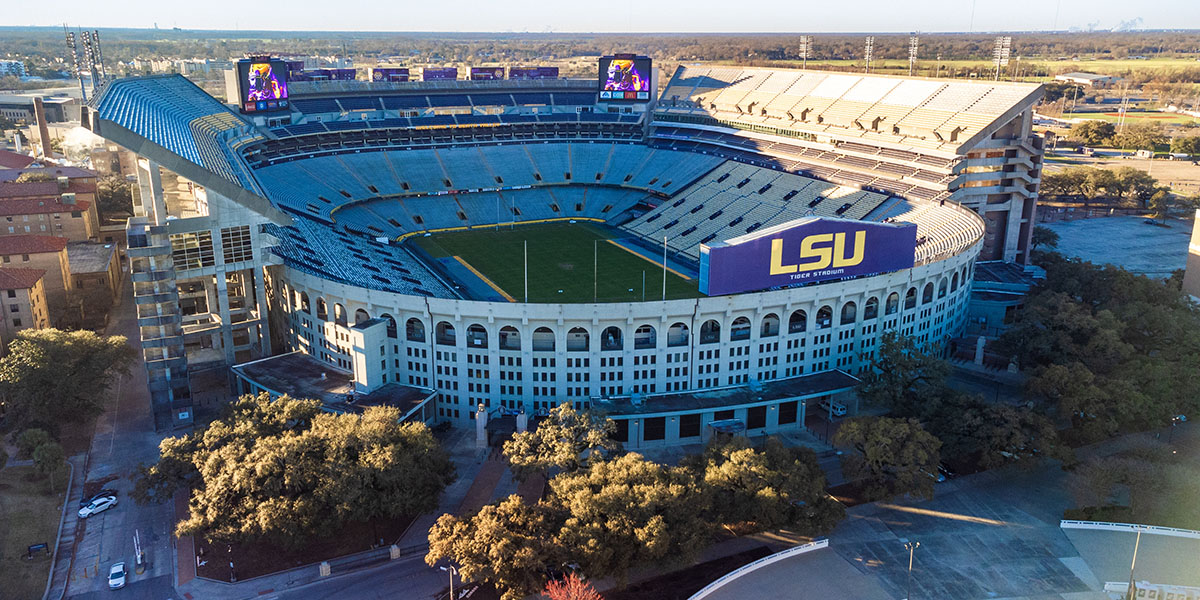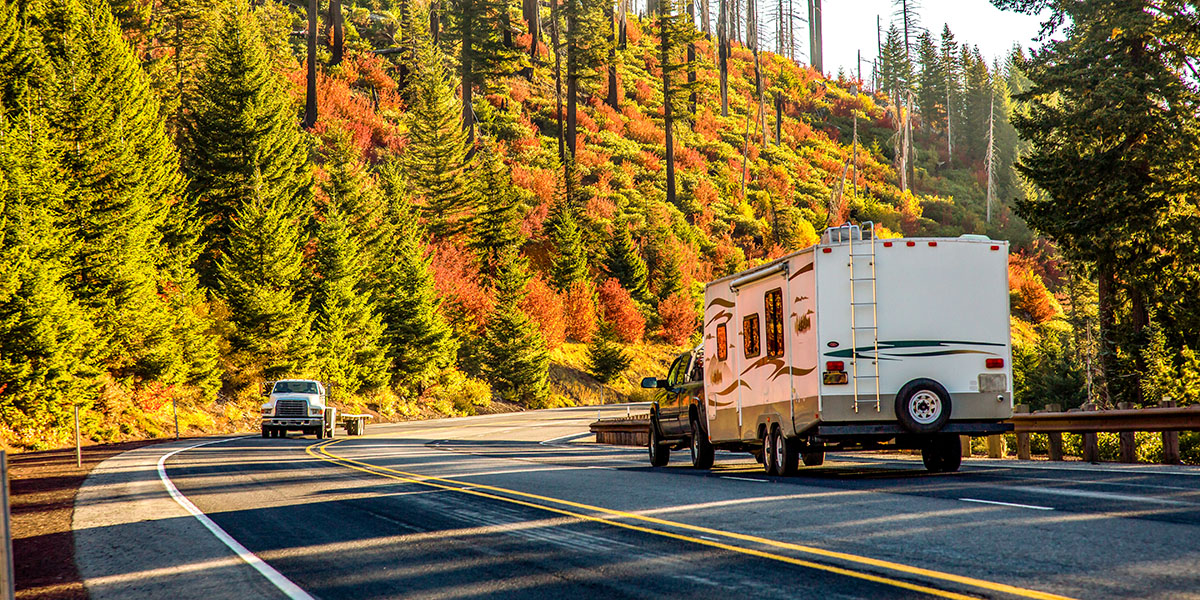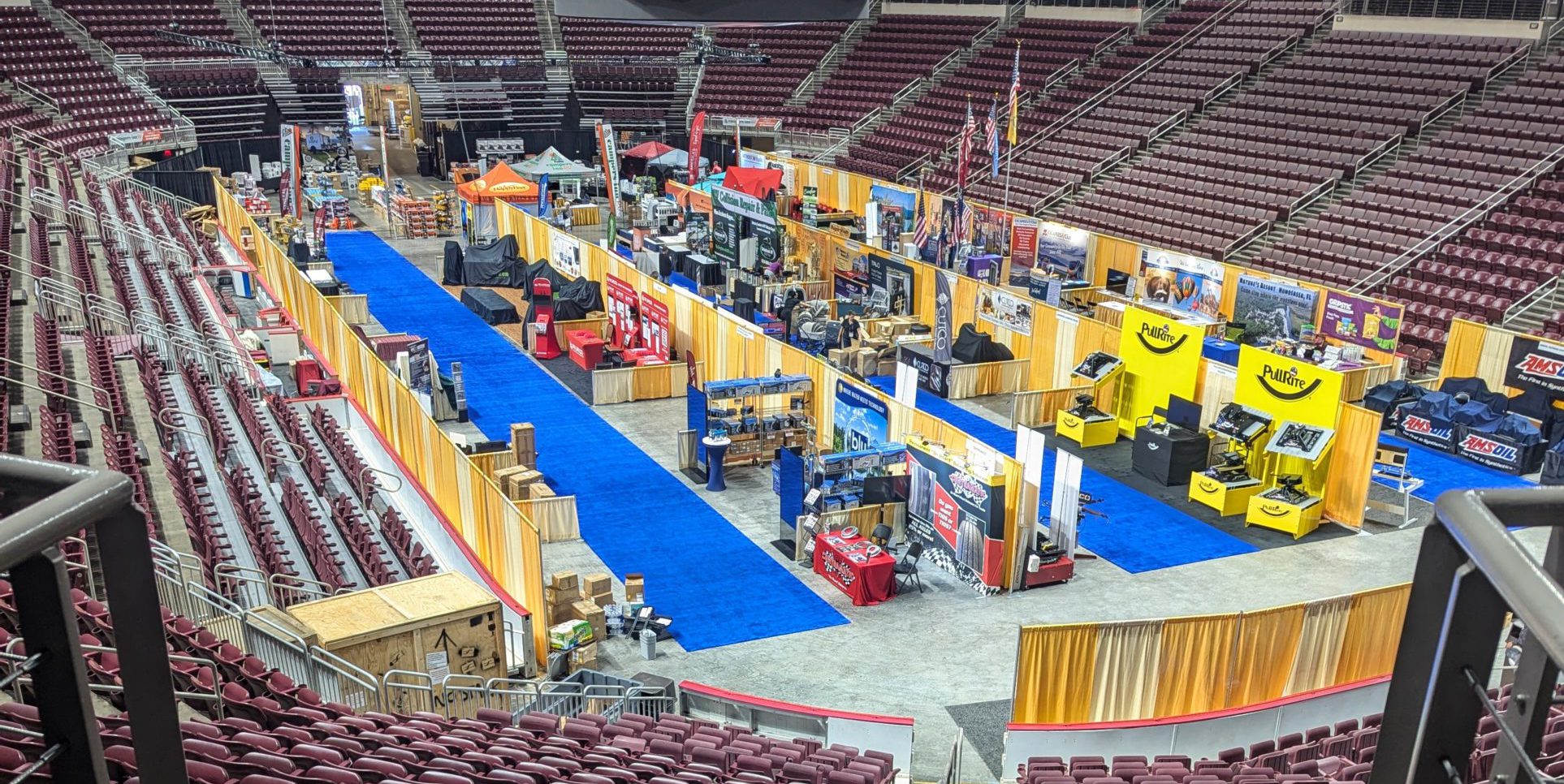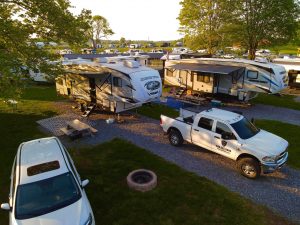Long before interstates stitched the country together, Indigenous Peoples walked, hunted, rode, and migrated across the continent. If you’ve ever felt the pulse of deep traditions beneath your tires, you already know there’s something deeper out there waiting to be discovered. Fact is, the open road has always been a gateway to old stories. And when you RV to destinations that honor Indigenous Peoples, it offers powerful opportunities to explore the cultures that have shaped this continent for millennia.
Here are some of the best places to RV if you’re looking explore the incredible culture of Indigenous Peoples in the United States.
8 RV Trips into the History and Heritage of Indigenous Peoples
Taos Pueblo – Taos, New Mexico
Few places in America feel as timeless as Taos Pueblo. Continuously inhabited for over 1,000 years, this settlement is a living testament to the resilience of the Taos people.
Visitors can join tribal members on guided tours, walk the village, and buy handcrafted pottery, jewelry, and textiles directly from local artists. Time your visit around San Geronimo Feast Day in late September. It’s an unforgettable celebration of Native tradition blended with Catholic influence — an echo of the complex history here.
Just outside town, park your rig at Taos Valley RV Park & Campground. The RV park provides easy access to both culture and the soaring Sangre de Cristo Mountains.
Standing Rock Reservation – North and South Dakota
Straddling two states and stretching along the Missouri River, the Standing Rock Sioux Reservation is a sacred place — historically, spiritually, and politically. It made national headlines in 2016 for the Dakota Access Pipeline protests, but its importance runs deeper than the headlines.
The Sitting Bull Visitor Center in Fort Yates offers a deep dive into Lakota and Dakota heritage. The history here includes the life and legacy of Sitting Bull, one of history’s most revered Indigenous leaders.
Park nearby at Prairie Knights Marina & Campground. The campground offers scenic views of Lake Oahe and access to cultural events when available.
Chaco Culture National Historical Park – New Mexico
This isn’t just a national park. It’s a sacred center of ancestral Puebloan civilization. Between 850 and 1250 AD, Chaco Canyon was a ceremonial and economic hub, home to vast, multistory stone buildings that still stand in silent grandeur.
Walking through Pueblo Bonito or climbing up to ancient petroglyphs is more than a hike. It’s an experience of reverence. Though there are no tribes that currently live in the canyon, Chaco remains a pilgrimage site for many modern Pueblo peoples. So, visiting respectfully is a must.
RVers can stay right in the park at Gallo Campground. It’s a rugged, off-grid experience beneath some of the darkest skies in the hemisphere.
Window Rock – Navajo Nation, Arizona
As the capital of the Navajo Nation, Window Rock is both a cultural and governmental center. The natural sandstone arch known as Window Rock itself is a sacred site. Nearby, monuments honor Navajo Code Talkers whose unbreakable language helped win World War II.
Visit the Navajo Nation Museum and Veterans Memorial Park. Then you’ll wan to explore the surrounding high desert, where Diné culture is woven into the land and sky. You’ll also find traditional arts, weaving, and food (try some fresh fry bread from a roadside stand) that offers a taste of Navajo life.
Set up your rig at USA RV Park in Gallup, New mexico. It is just a short drive away, and it maintains full hookups, plus close access to nearby cultural festivals and artisan markets.
Acoma Sky City – New Mexico
Acoma Pueblo, or “Sky City,” is perched on a 367-foot sandstone mesa. The site is considered one of the oldest continuously inhabited communities in the U.S. The stark beauty of the landscape is matched only by the strength of the Acoma people, who have called this place home for over a thousand years.
Take a guided tour to explore the historic village, sacred sites, and traditional adobe homes. Photography is tightly restricted, but the experience will stay etched in your memory long after you leave.
Stay nearby at Sky City RV Park. There, you can soak in the red-rock vistas before and after your visit to the top.
Neah Bay – Makah Reservation, Washington
Tucked into the far northwest corner of the contiguous U.S., Neah Bay is home to the Makah Tribe and a perfect blend of coastal wilderness and cultural richness.
The Makah Cultural & Research Center is one of the finest tribal museums in the country, housing artifacts from the Ozette dig — an entire 500-year-old village uncovered by a mudslide and preserved in stunning detail. After the museum, walk the Cape Flattery Trail for views of sea stacks and maybe even whales.
Stay nearby at Hobuck Beach Resort, which offers RV sites steps away from the Pacific Ocean and within reach of cultural events and local seafood.
Phoenix, Arizona – Heard Museum
While not a reservation, the Heard Museum in Phoenix is one of the most renowned centers for American Indian art and history. Its exhibits span centuries and highlight the work of contemporary Native artists that align with deep cultural narratives.
If you’re going on an RV road trip through the Southwest, this is a must-stop for understanding the broader story of Indigenous Peoples in the U.S.
Hook up your RV at Desert’s Edge RV Park and spend a few days exploring both the Heard and nearby tribal lands.
Red Cliff and Bad River Reservations – Wisconsin
The Anishinaabe people — Ojibwe, in particular — have deep roots in the Great Lakes region. On the south shore of Lake Superior, the Red Cliff and Bad River reservations are part of that living history.
Visit the Red Cliff Cultural Center, attend seasonal powwows, or take part in workshops. The latter teach traditional birch bark canoe making and wild rice harvesting. This area offers a peaceful, nature-rich counterpoint to the desert settings of many Indigenous landmarks.
Stay at Apostle Islands Area Campground to access both Red Cliff and the stunning Apostle Islands, where Native traditions and nature coexist in harmony.
Respect, Not Just Tourism
Wherever you RV to these destination, remember that visiting communities of Indigenous Peoples and their cultural sites requires more than a camera and curiosity. Bring respect. Ask permission. Support local artists and businesses. And always tread lightly — both physically and spiritually. The stories you’ll find carved into this land weren’t written by settlers or surveyors. They’ve been sung, spoken, and lived for thousands of years. So, when you visit these places with open eyes and an open heart, you don’t just learn history. You honor it.
